Products are selected by our editors, we may earn commission from links on this page.
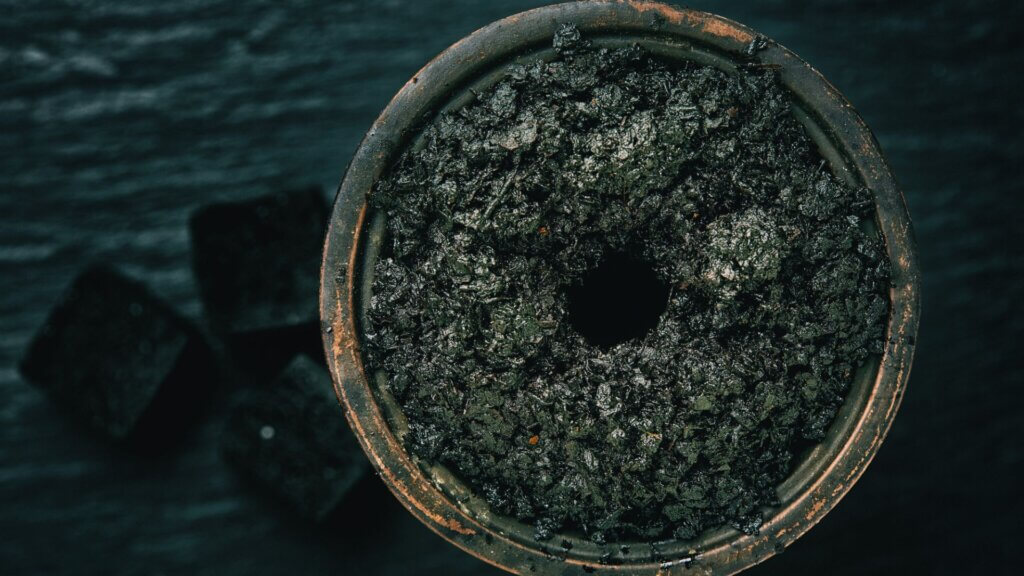
Off the coast of Southern California, hidden beneath the waves, lies a disturbing reminder of past industrial practices. For decades, companies and government agencies released hazardous chemicals into the ocean, believing the vast waters would render them harmless. Today, researchers are uncovering the consequences: hundreds of thousands of decaying barrels, some leaking substances that have transformed the seafloor in unsettling ways.
A Dangerous Legacy
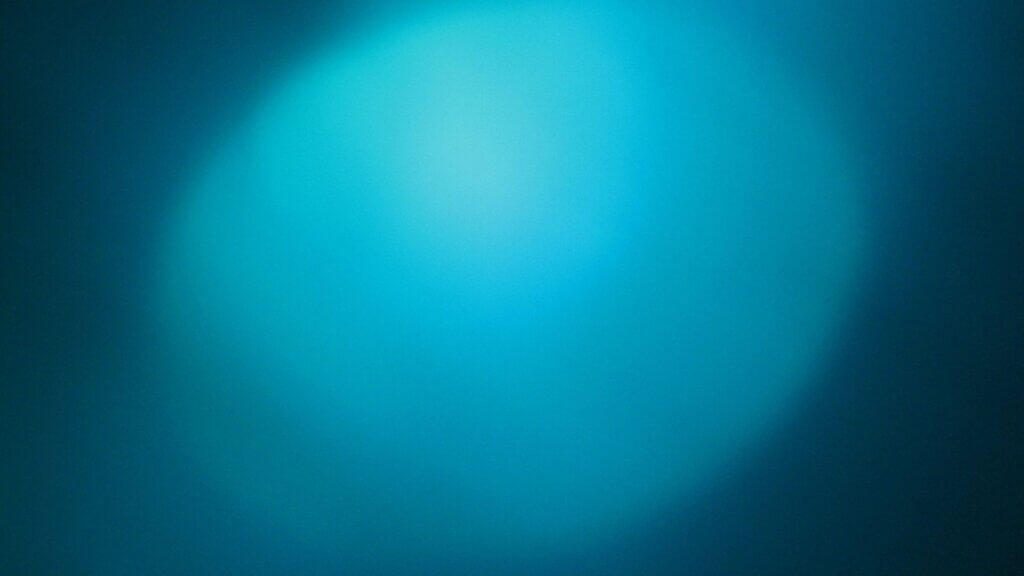
Between the 1930s and the 1970s, dumping toxic waste into the Pacific was not only tolerated but officially permitted. Pesticides such as DDT and other caustic byproducts were released at multiple sites, with the flawed logic that “dilution was the solution.” Decades later, the ocean floor still holds the remnants of those choices.
Half a Million Barrels on the Seafloor
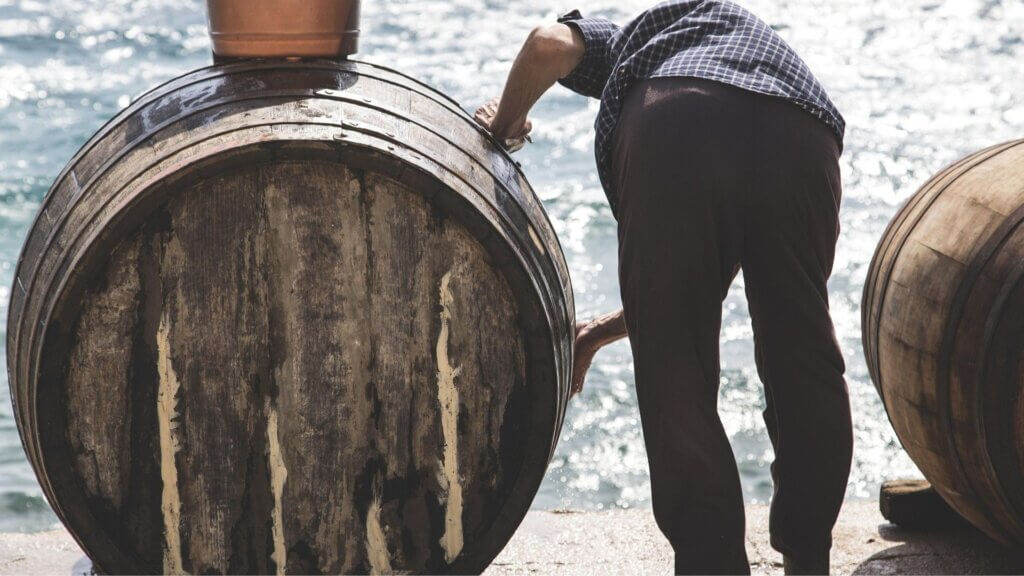
Scientists estimate that around 500,000 barrels remain submerged near Los Angeles. Time and corrosion have compromised many of them, leaving behind disturbing signs—circular halos on the seafloor that suggest chemical leakage. These ghostly rings are the clearest evidence yet of contamination.
The Eerie Halos
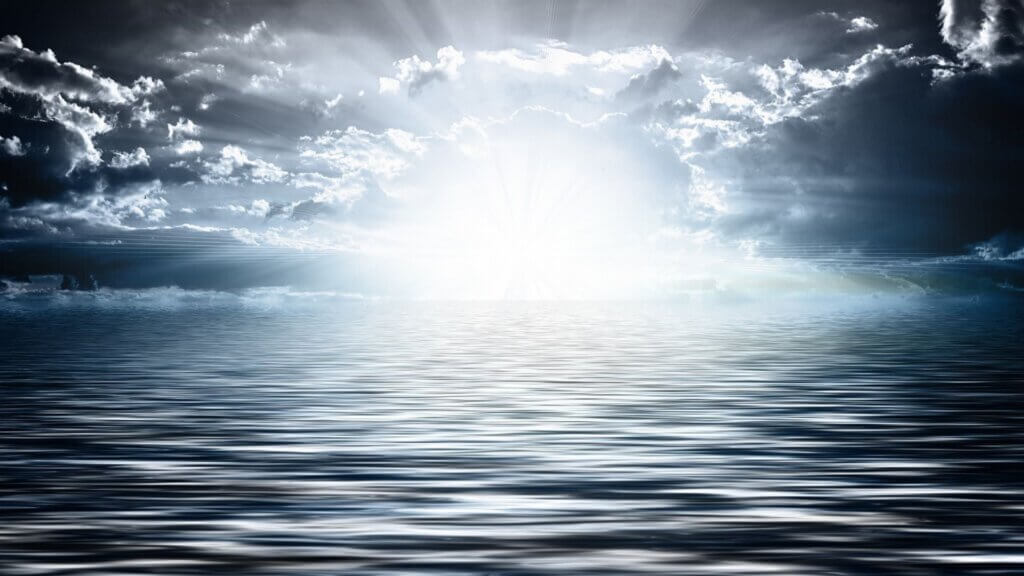
When researchers deployed the remotely operated vehicle SuBastian from the vessel Falkor, they observed bright, ring-like patterns around several barrels. Initially, the team expected to detect traces of DDT. Instead, they found that the circles were the product of unexpected chemical interactions between alkaline waste and seawater.
An Underwater Chemical Reaction
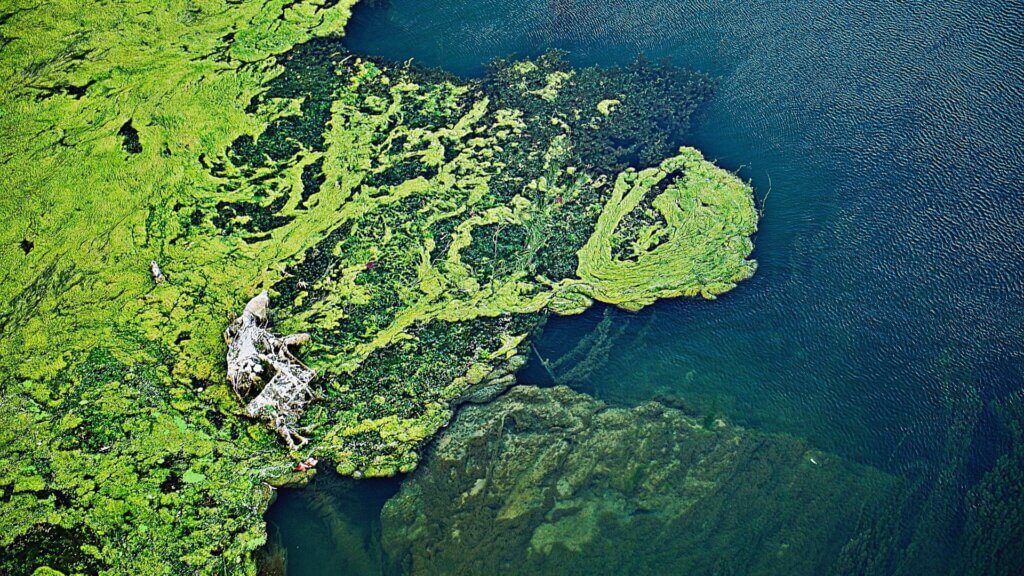
The leaked caustic substances reacted with magnesium in the ocean, creating brucite, a mineral resembling hardened concrete. This process generated extreme chemical conditions similar to those found at hydrothermal vents, areas where only the most resilient microorganisms survive.
Unknown Substances Still Lurking
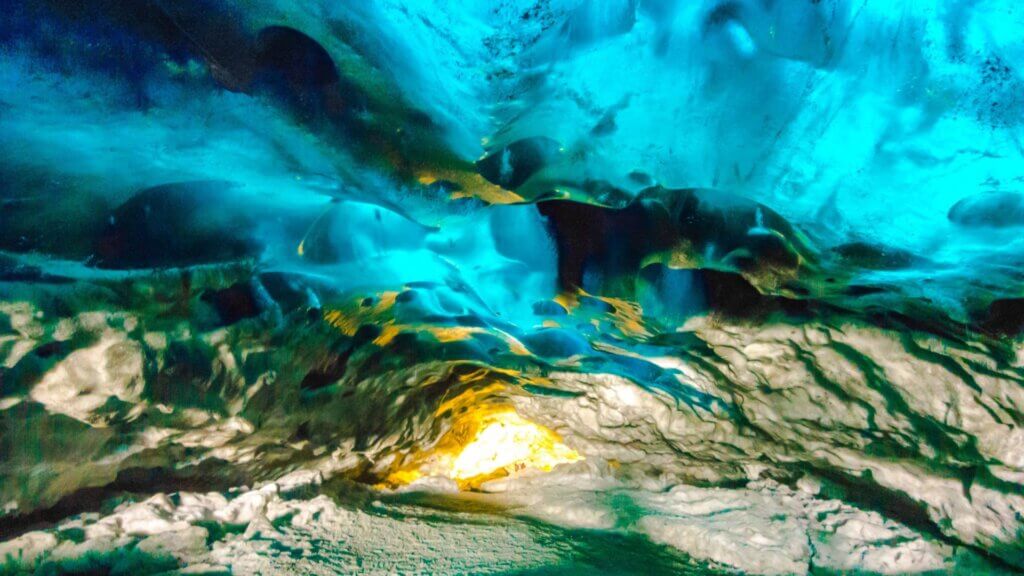
As co-author Johanna Gutleben explained, the true scope of the pollution is still uncertain. DDT is only part of the story; other industrial byproducts may also be leaking. Until more thorough investigations are carried out, the complete list of contaminants remains a troubling mystery.
Persistent Scars on the Ocean Floor
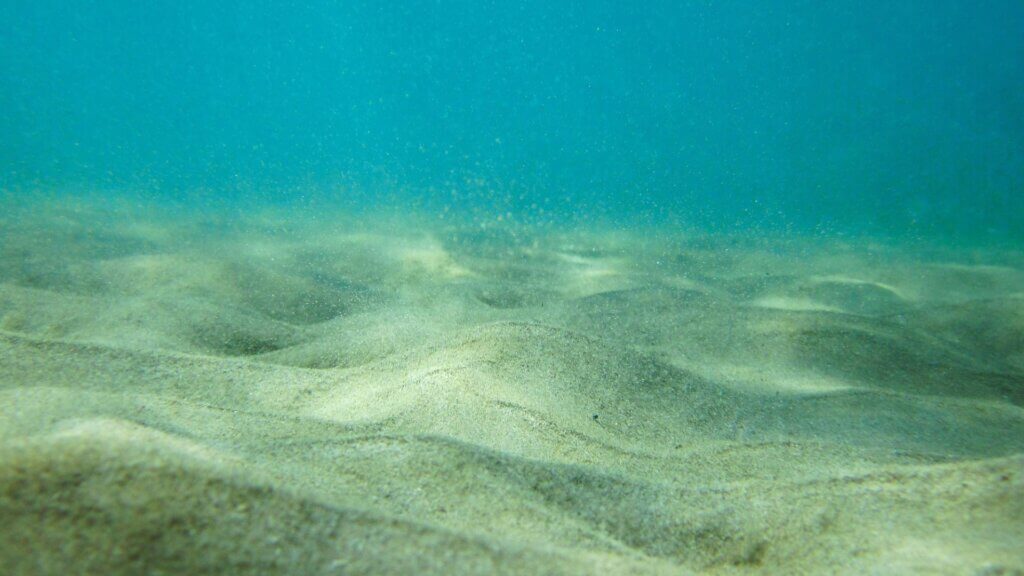
Even after more than half a century, the evidence of damage has not faded. Hard mineral crusts cover many of the barrels, making it difficult for scientists to collect samples. Analysis shows both brucite and calcium carbonate, a chalky residue marking the edges of the halos. These findings reveal just how deeply the dumping altered the marine environment.
A Cleanup That Isn’t Simple

While removing the barrels may seem like the obvious solution, disturbing them risks spreading toxic sediments further into the water. For now, scientists are focusing on studying the affected ecosystems and exploring whether certain microbes might help break down the chemicals slowly over time.
A Lesson for the Present
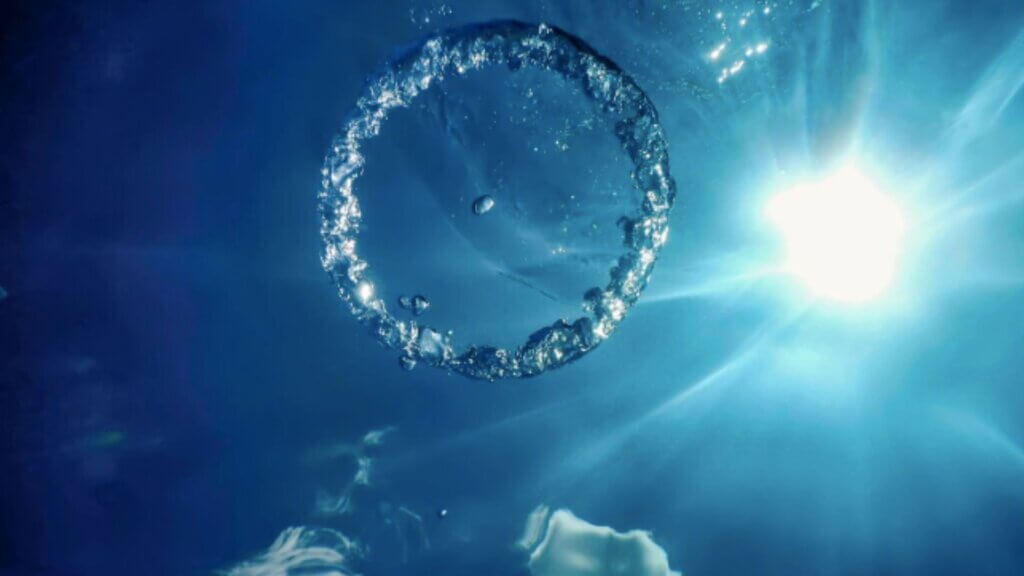
The haunting circles around the barrels are more than a scientific curiosity; they are a warning. The belief that the ocean can endlessly absorb human waste has left scars that persist for generations. Protecting marine ecosystems today means learning from these mistakes and refusing to repeat them.

